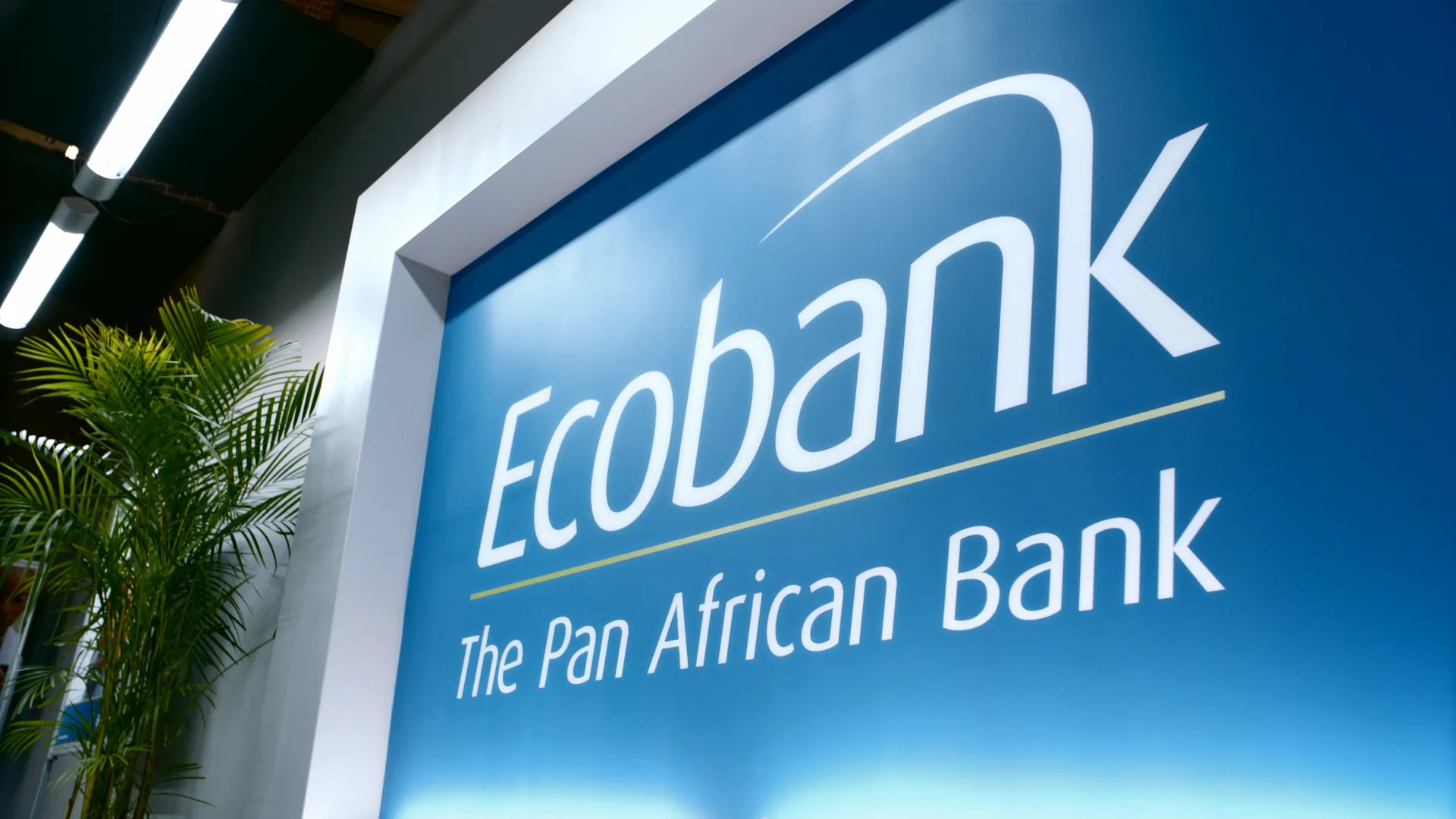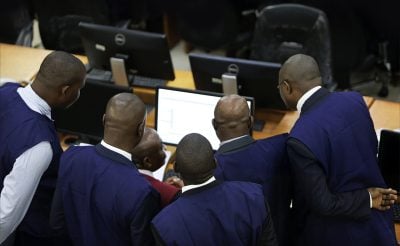
African Banker: How would you describe the current macroeconomic environment in Uganda?
Deputy Governor: Well, it’s been a challenging macroeconomic environment for obvious reasons. We have had a number of shocks hitting us, starting with Covid-19 and then we had the Russia-Ukraine conflict which drove inflation, initially with commodity prices. This then spread to the broader basket of the consumer price index resulting in a generalised rise in consumer prices. At this point, we were forced to tighten monetary policy.
At the global level, central banks in the advanced economies also tightened their policy rates in the light of the inflationary pressures they were facing, which reduced the risk appetite for Uganda shilling denominated financial assets held by portfolio investors. This meant we imported inflation in two ways – rising global prices and the depreciation of our currency resulting from the reversal of portfolio flows. And it didn’t help that we had an extended drought.
There was a full pass-through of all these shocks into the domestic prices as the fiscal policy, and rightly so, didn’t opt for subsidies. But you’ll be surprised that notwithstanding all this, the headline inflation increased from 2.7% in January 2022 and peaked at 10.7% in the month of October 2022. Since then, it has been on a declining trend.
As we speak now, headline inflation is down to 9.2% because we took very, very aggressive policy measures to deal with that, raising the policy rates by 350 basis points in a space of about four months. In addition we raised the cash reserve ratio by 200 basis points in June 2022. As a result, we project growth in 2023, to be between 5 and 6% as inflation loses momentum..
The central bank maintained the base rate at 10% in February. Was that because you believe that the measures that you’ve taken will be enough to tame inflation and keep it trending downwards?
Bear in mind that this is data driven. What the data tells is what informs our decisions. But don’t look at just the 10%; look at all the other measures we have in place. For example, we have since increased the cash reserve requirement from 8 to 10%, that is 200 basis points. So it is much tighter than the 10% appears to show.
We think that stance is tight enough to keep us through and unless something drastic happens, we think that we should be able to bring down inflation to 5% by the end of 2023 with an average of between 6 and 8% through the year. Of course, that is subject to many upside risks. But if the current baseline assumptions that we have are maintained, we will be in a good position.
If you look at the composition of GDP and the sectors of the economy that are bouncing back, which of them are you most excited about?
I think the export sector has great promise. Because of the anticipated global growth, we think that demand for exports is going to pick up.
We also think we will see more foreign direct investment, largely on account of oil investments. We expect to attract FDI in excess of $15bn dollars in the medium term. That is about how much will take us to production by 2025 or 2026. Now, we estimate anything around 20 to 30% of that will be accounted for by local content and that is going to support the growth of industry and services. And then of course, there are other interventions that government is making through the Uganda Development Bank and through the Parish Development Model which are all geared towards stimulating production. Also, if inflation turns out to be as we have projected, it means that we will be able to ease monetary policy and that should be able to crowd in growth. Again, if the oil price stays where it is, that should be able to spur some growth.
What can you tell us about the oil and gas projects in Uganda?
Well, we’ve had the first oil drilling, launched by the His Excellency the President, and more drilling is going to take place. We think that the construction of the pipeline will soon start. I am told that construction of port facilities has already started on the Tanzanian side. So I think it’s now a matter of when we are going to start the actual pipeline construction.
We anticipate that commercial production will begin by 2025 or 2026…This will bring some improvements in the balance of payments because of increased exports and because of import substitution. Once we get the refinery up and running, we will import less refined oil and then that will also contribute to the conservation of our forex earnings. So, the import demand will come down while at the same time exports will be going up.
So that should help shore up the currency?
A lot will depend on the outflow side. First, how will the oil production be financed? Will it be equity? Or loan financed? So all those things will begin showing up in the balance of payments, dividends and debt servicing. There are other issues, too. Our debt servicing, for example, is set to increase because we have invested a lot of money in the oil production infrastructure. And we need to begin repaying that. So it may not immediately lead to the strengthening of the currency but it will help us meet the projected outflows. Mind you, our bilateral budget support is not as strong as it used to be because of the conditions in most of the creditor countries.
You mentioned the drought at the beginning of our conversation. What role do you see central banks playing in the fight against climate change?
Now that’s a very interesting question. You know, our operations are guided by strategic plans. So last year, we launched a new strategic plan for 2022 to 2027 and one of the strategic initiatives is to institutionalise environmental, social and governance standards, in the central bank and the entire financial sector. And within that the aspects of climate change feature quite significantly.
We developed a climate change policy where climate change risks will be incorporated into our operational frameworks, both the monetary policy frameworks and the financial sector frameworks.
In the monetary policy frameworks, there will be two aspects. One will be to use all available information, such as rainfall patterns to predict inflation, especially food crop inflation and ascertain how this quickly passes to the broader basket of consumer goods thus provide a guide on how to address it.
This will also help determine when we should begin to tighten up or if we can accommodate. On the financial side, we want to find out to what extent the changes in climate affect the balance sheet of commercial banks and what amount of provisioning is needed because of the changes in the environment.
All of this has to do with the impact. But in terms of mitigation, we are going to institutionalise environmental social governance standards across the sector. We will work with the supervised financial institutions to better understand how their lending is going to lead into the preservation or the greening of the environment. We are going to have conversations with them to see to what extent their operations are going to help in conserving the environment, maintaining biodiversity, or moving into clean energy projects.
For example, with the oil and gas coming in, there is likely to be a lot of money on-lent to the industry and we will be interested in seeing the the lending to help absorb the carbon emissions being financed if we are to at least maintain some kind of carbon emission neutrality.
With regard to social sustainability, we believe that if you can have environmental sustainability, then you can have social sustainability, because 70% of the population in Uganda is rural-based and they rely on their land for rain-fed agriculture. To secure the livelihood of these people, you need to look at the environmental issues. It’s no longer business as usual for the supervised financial institutions to create value only for their shareholders but they need to create value for all stakeholders. Society has to be sustainable for the financial (sector) also to be sustainable.
Want to continue reading? Subscribe today.
You've read all your free articles for this month! Subscribe now to enjoy full access to our content.
Digital Monthly
£8.00 / month
Receive full unlimited access to our articles, opinions, podcasts and more.
Digital Yearly
£70.00 / year
Our best value offer - save £26 and gain access to all of our digital content for an entire year!
 Sign in with Google
Sign in with Google 



